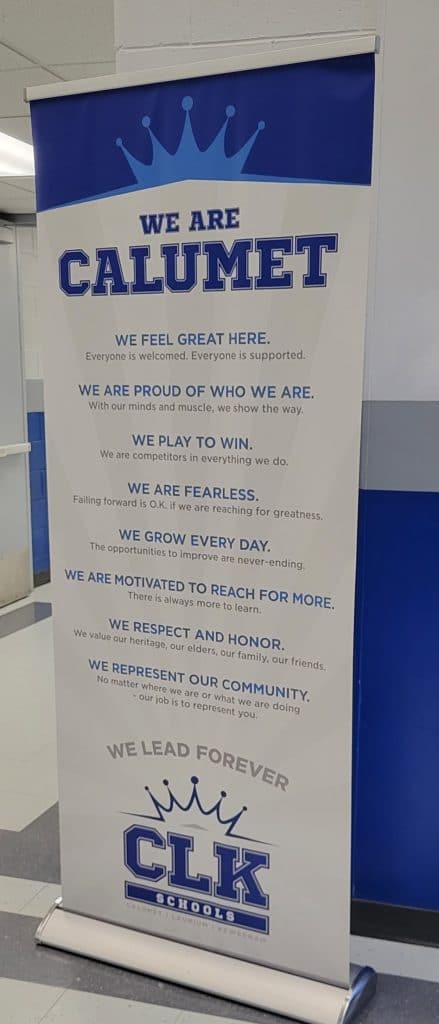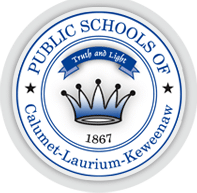
CLK at a Glance
Location: Houghton County, Michigan
NCES Designation: Town: Remote
Number of School Buildings: 5
Number of Staff: 148
Number of Students Served: 1,464
Through Community and Culture, Oxford Community Schools Makes Learning Student-Centered
Programs, Pathways, and Proficiency Scales Anchor Student-Centered Learning at Berrien Springs Public Schools
Introduction
Nestled 30 miles south of the tip of the Keweenaw Peninsula of Michigan’s Upper Peninsula is the northernmost K-12 school district in Michigan—the Public Schools of Calumet, Laurium, & Keweenaw (CLK). This school district is made up of five buildings: CLK Elementary, Washington Middle School, Calumet High School, Horizons Alternative High School, and CLK Virtual. While Horizons is located in Mohawk, Michigan, the elementary, middle, and high school buildings are all connected on a single campus in Calumet, which is very convenient because Calumet gets an average of 208 inches of snowfall per year! Because the three buildings are connected, students and staff can move more easily between buildings as needed, regardless of the weather conditions. CLK serves approximately 1,500 students, 94% of whom are White. Roughly one out of every 10 students have an Individualized Education Plan (IEP) recommending service.
In addition to Calumet’s unique geographical location, it also has a unique history. Calumet sits at the center of Copper Country. It drew thousands to the area in the late 1800s and early 1900s as a copper mining town, but when the production of the mines slowed, many left to find work elsewhere. The mining history and decline in the town’s population is evident in downtown Calumet, but so is an effort to preserve its history, which is reflected within the community and the school district itself.
CLK’s intentional focus on student-centered learning is apparent in many different ways throughout the district: a multi-age program at the elementary school, community partnerships and involvement, a parent advisory committee, and work being done in professional learning communities. The district offers students career and technical education programs, virtual programs, and after-school programs to name a few. While in some ways the school district is just getting started, in other ways, they have had a student-centered approach to learning before they had a name for it.
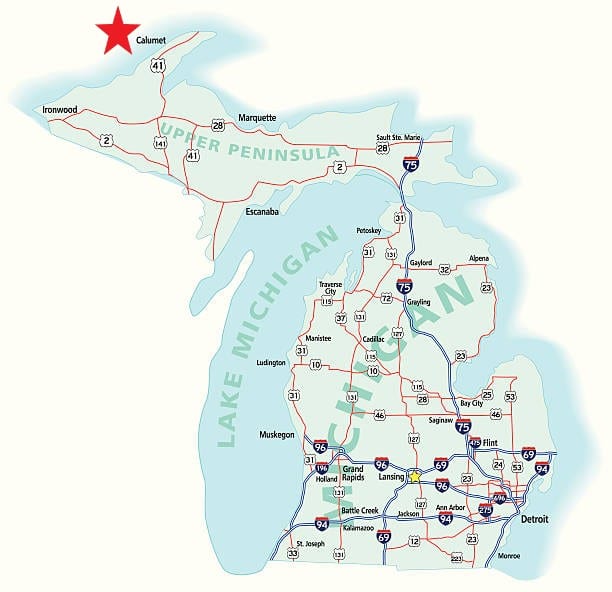
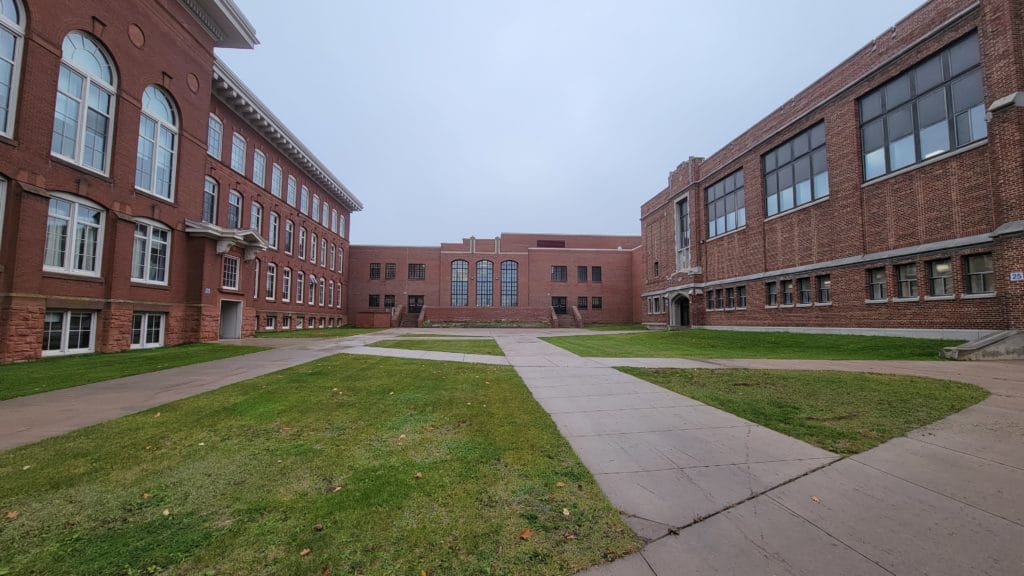
Paving a Path Towards Student-Centered Learning
With the help of Lisa Sitkins of the Michigan CoOp, a network of school districts who are early adopters of student-centered learning, CLK superintendent Chris Davidson started the district on a path towards student-centered learning in 2018. Davidson had been following Marzano’s High-Reliability Schools framework, which provides indicators to empower school leaders to measure their progress towards attaining the five increasing levels of reliability:
5 = Competency-Based Education
4 = Standards-Referenced Reporting
3 = Guaranteed and Viable Curriculum
2 = Effective Teaching in Every Classroom
1 = Safe, Supportive, & Collaborative Culture (stable social-emotional learning environment)
With this framework in mind and knowing that bringing competency-based education (CBE) into the district was his goal, Davidson focused on establishing a stable social-emotional learning (SEL) environment. District-wide professional development (PD) was provided by Vern Hazard and Capturing Kids’ Hearts®. This PD was instrumental in terms of affecting the importance of building relationships between staff and students and was the most positively reviewed PD that they have ever done. In fact, CLK Elementary was distinguished as a National Showcase School for the 2020-2021 school year by the Capturing Kids’ Hearts® program.
Keeping in mind his goal of bringing competency-based education into the district, Davidson often discussed the concept of CBE and student-centered learning with the school board so they knew what they are and how they differ from traditional education. Then, when COVID-19 turned education upside down in 2020, he saw an opportunity to capitalize on the constant state of change. In December 2020, Davidson asked the school board for the go-ahead to start pushing towards CBE and to see what they could accomplish. When so many simply wanted to return to “normal,” he knew that they couldn’t afford to go back. As superintendent Davidson stressed, “This is the journey we should be on.”
Small teams of teachers were established at the elementary, middle, and high schools to begin leading this student-centered work. Davidson pulled together specific teachers whom he knew were already interested in student-centered learning and CBE to form these teams. While these teachers were able to make significant progress at the elementary level, they ran into some challenges in grades 6-12 due to a lack of curriculum alignment. The middle and high school teams found their jumping in point with their curriculum alignment work which also helped them to realize there were gaps in how things were being taught, what was being taught, and when and where things were being taught. This process also uncovered the fact that they needed more parent input if significant changes were to be made. A parent advisory committee was established in February of 2021 with the intent to provide the superintendent with feedback and insight from the parents’ perspective. In particular, feedback related to school processes, policies, initiatives, facilities, programs, and both curricular and extracurricular activities in order to ensure that the needs of parents and their families are included as decisions are made in the district.
While curriculum alignment work was still in progress at the middle and high schools, the elementary teacher team finished theirs and decided their jumping-in point would be to create a multi-age “school within a school” type model to be offered to students in grades 1-3. Davidson considers this program phase one: “We wanted to close that gap that existed between learners to make it more manageable for teachers to meet students where they’re at, and we needed to get that flexibility built into the schedule,” he explained. “And to me, that was what was going to allow us to take that first step towards more student-centered learning.” After the elementary teacher team presented the program to the school board, the program was presented to parents during the summer of 2021.
“We wanted to close that gap that existed between learners to make it more manageable for teachers to meet students where they’re at, and we needed to get that flexibility built into the schedule.”
Chris Davidson, superintendent of the Public Schools of Calumet, Laurium, & Keweenaw
CLK Elementary: Breaking the Mold of Traditional Grade Levels
Walking through the hallways and classrooms of CLK Elementary, it’s clear as to why they were chosen to be a National Showcase School for the 2020-21 school year by the Capturing Kids’ Hearts® program. Signs and posters encourage students to display positive, kind, and responsible behavior. Adults greet both students and staff alike. Outside each classroom hangs a sign inviting students and other adults to “Ask Me About” with three ideas listed, encouraging student-teacher conversations and hopefully relationship building as a result. Social contracts, developed together as a group and signed by each student, hang in each classroom. And almost immediately upon entering CLK’s elementary school building, the MVLRI research team was greeted by Benny, the elementary school therapy dog.
Evidence of student-centered learning is apparent throughout CLK Elementary. There are several multipurpose learning spaces situated between the two main hallways of the school. These learning spaces are used for one-on-one or small group instruction as well as larger team meetings. Bulletin boards display student work, such as houses designed using software on an iPad and then brought to life with construction paper as well as pictures painted by a remote control Sphero ball that students code and control its direction, both of which were created in their STEAM classroom (science, technology, engineering, arts, and mathematics). In classrooms, posters and signs encourage students to take ownership of their learning using phrases like “What are you doing? What are you supposed to be doing? Are you doing it? What are you going to do about it?” Students are also encouraged to understand and take ownership of their grades as they are communicated by proficiency scales in student-friendly language.
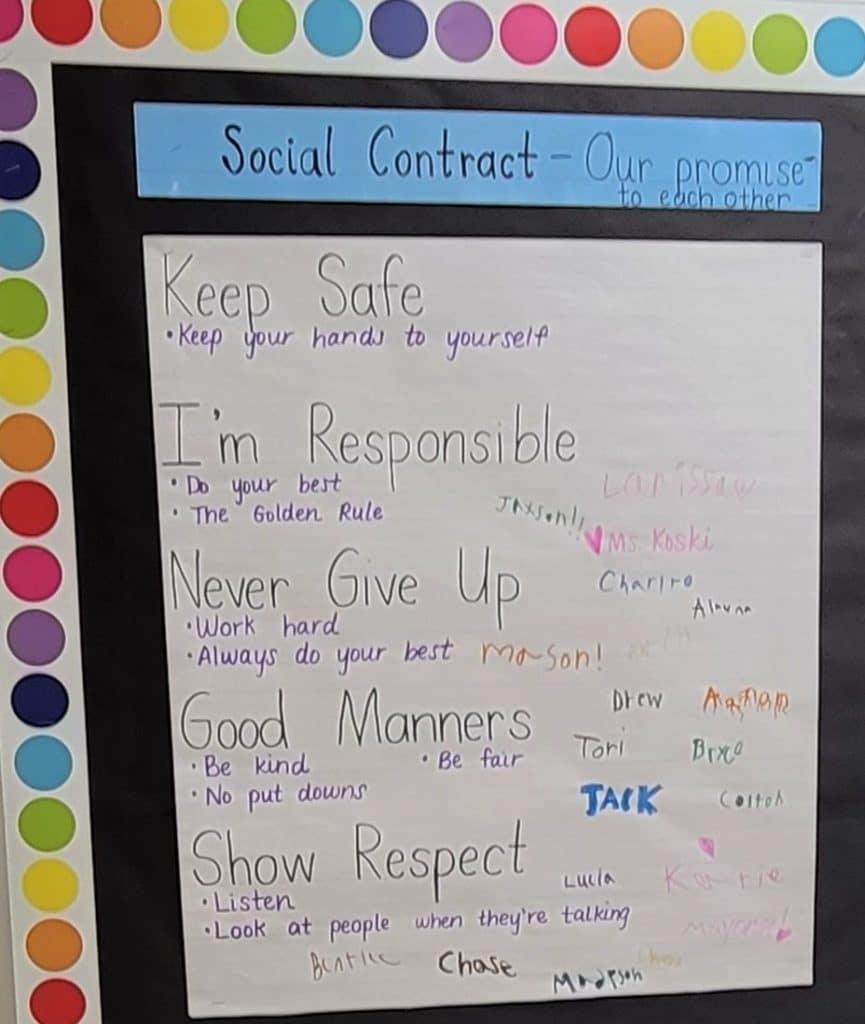
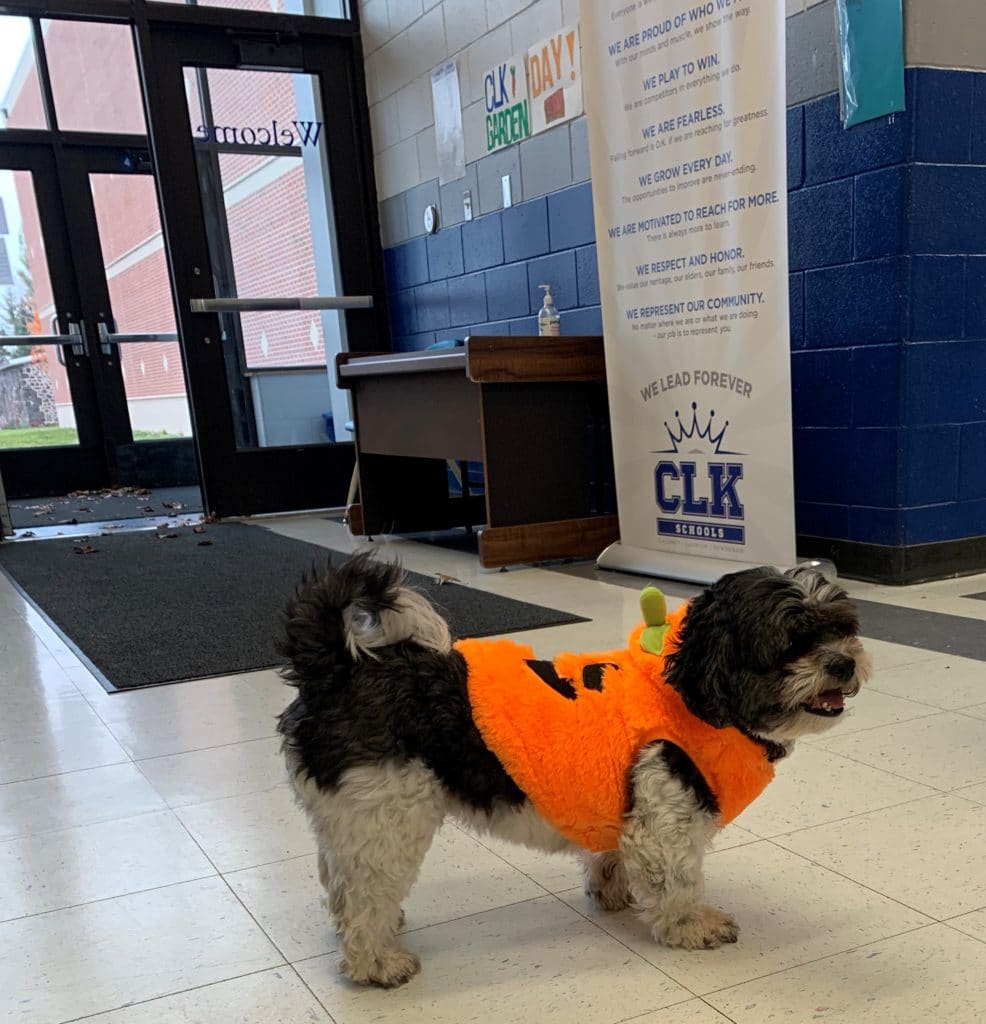
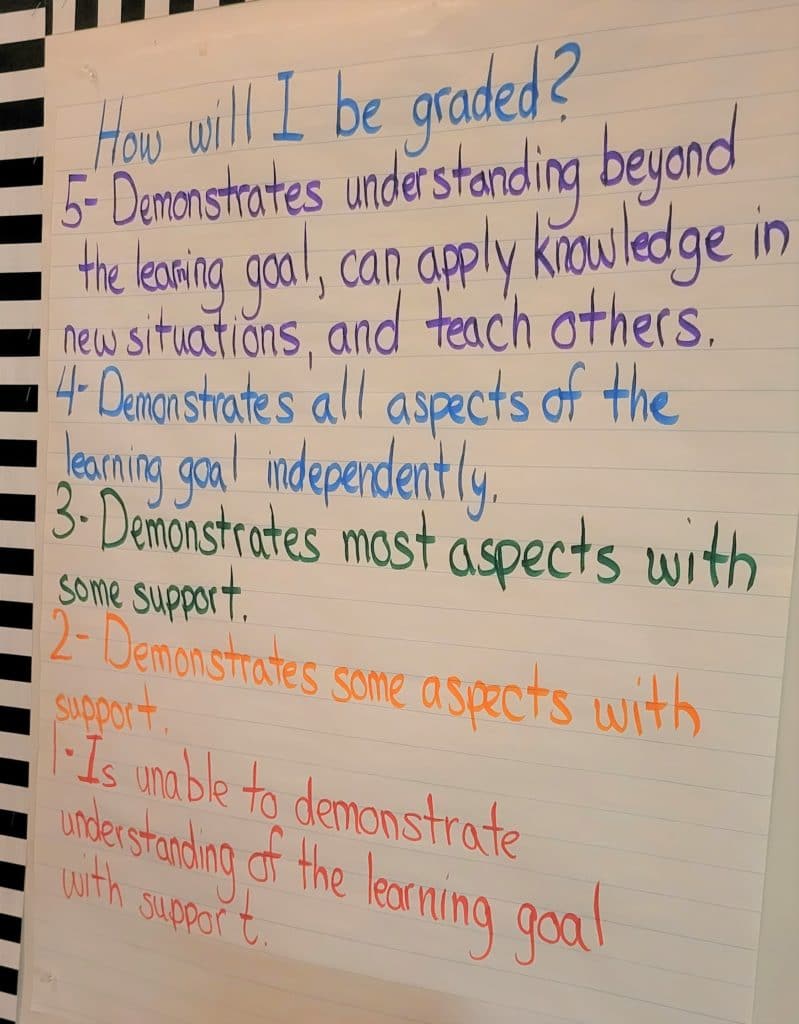
But the most student-centered aspect of the Elementary is their CLK Engage program—a multi-age program existing as a “school within a school” type model for students in grades 1-3. Approximately 60 students opted in to the program by parents for the 2021-22 school year—the program’s first year. Three teachers, previously assigned to specific grade levels, guide the multi-age group of students providing leveled support to students based on their ongoing academic needs. Some students move up or down to the appropriate group for reading, writing, and math as needed based on results from pre-assessments given during August 2021. Movement is also determined by student progress demonstrated throughout the year. The three teachers think of it as sharing a multi-age classroom for language arts and math. Students aren’t locked into any placement—if the fit isn’t working, they move the student and adjust accordingly. CLK Engage teacher Lynne Koivisto feels that this prevents students from getting unnecessarily frustrated while challenging the students who need it: “We are meeting students where they are and putting them where they need to be,” remarked Koivisto.
CLK Engage teachers acknowledge that it can be difficult to combat the traditional grade-level mindset for students. As a result, the program was designed with some intentionality in order to establish the mindset of a learning community where teachers are shared. Students and teachers begin and end their day together as a whole group. During their “Morning Meeting,” a daily quote or character lessons are discussed to inspire motivation and positive behavior prior to launching students into their language arts groups. Each teacher takes a group of students based on their “level” for this block of time. After lunch and recess, students move into their math groups—again, based on their “level.” Students return to their homeroom for science and social studies before ending the day together as a whole group for what they call “Launch.” At the end of the day on “Fun Fridays,” students are able to choose a classroom to spend time in based on the activity that each teacher is offering. At times, they have been able to pull in parents and community members to provide additional support as well as additional choices for students. The hope is that this may eventually turn into a Genius Hour kind of concept, where students are provided more voice, choice, and self-directed learning opportunities.
“We are meeting students where they are and putting them where they need to be.”
Lynne Koivisto, CLK Engage teacher
During both the language arts and math blocks, students experience whole-class and small-group instruction as appropriate. Students have a variety of flexible seating options—balance balls, wobble stools, and video rockers—and demonstrate the ability to work independently and in small groups without constant teacher guidance. Technology is available and is used by students during some station rotations, which allows teachers to facilitate small-group instruction or to rotate between groups to guide learning. However, student-centered learning at the elementary level really hinges on the teacher, regardless of what technology is available. The district heard it loud and clear from parents of elementary students that while they felt technology was appropriate at times, it’s not the solution.
Place-based learning is an important, and growing, aspect of the CLK Engage program. They have been able to take several field trips out into the community to help students make connections between what they are learning in the classroom and the world around them. For example, during a unit on rocks, students took a field trip to explore and search for local rocks. This spurred interest and curiosity for rocks among students that has continued well beyond the length of the unit. The place-based component of the program gives students an opportunity to explore and to figure out what they are interested in, opening the door for more projects and encouraging students to find something they are passionate about.
Another building block of the CLK Engage program is their student portfolios—a collection of evidence of learning and documented academic growth. Teachers use the portfolios to not only share student growth with parents throughout the year and during parent conferences but also with students, enabling them to reflect on their own learning. Rather than using traditional letter grades or BE (beginning), DE (developing), and SE (secure), the Engage program uses a 5-point proficiency scale for grading and report cards. In addition to using the scale to communicate to students about their progress, teachers have found that using the 5-point scale is very helpful during parent conferences. Some teachers have even had students use their portfolios to share about and evaluate their own learning during parent conferences. The portfolios as well as student involvement in their learning and in conferences are evidence of some intentionality to develop student agency—when students are active participants in their education, taking responsibility for their learning.
CLK plans to expand the Engage program to grades 4 and 5 for the 2022-23 school year, depending on both teacher commitment as well as anticipated parent interest as the program, which has been very well-received so far. Davidson shared that he will be working with the CLK Engage teachers to develop an evaluation process to assess the effectiveness of the program as a whole. They plan to look at the program’s effectiveness in meeting the needs of students, meeting parent expectations, growing students’ confidence and engagement, as well as growing students’ academic success.
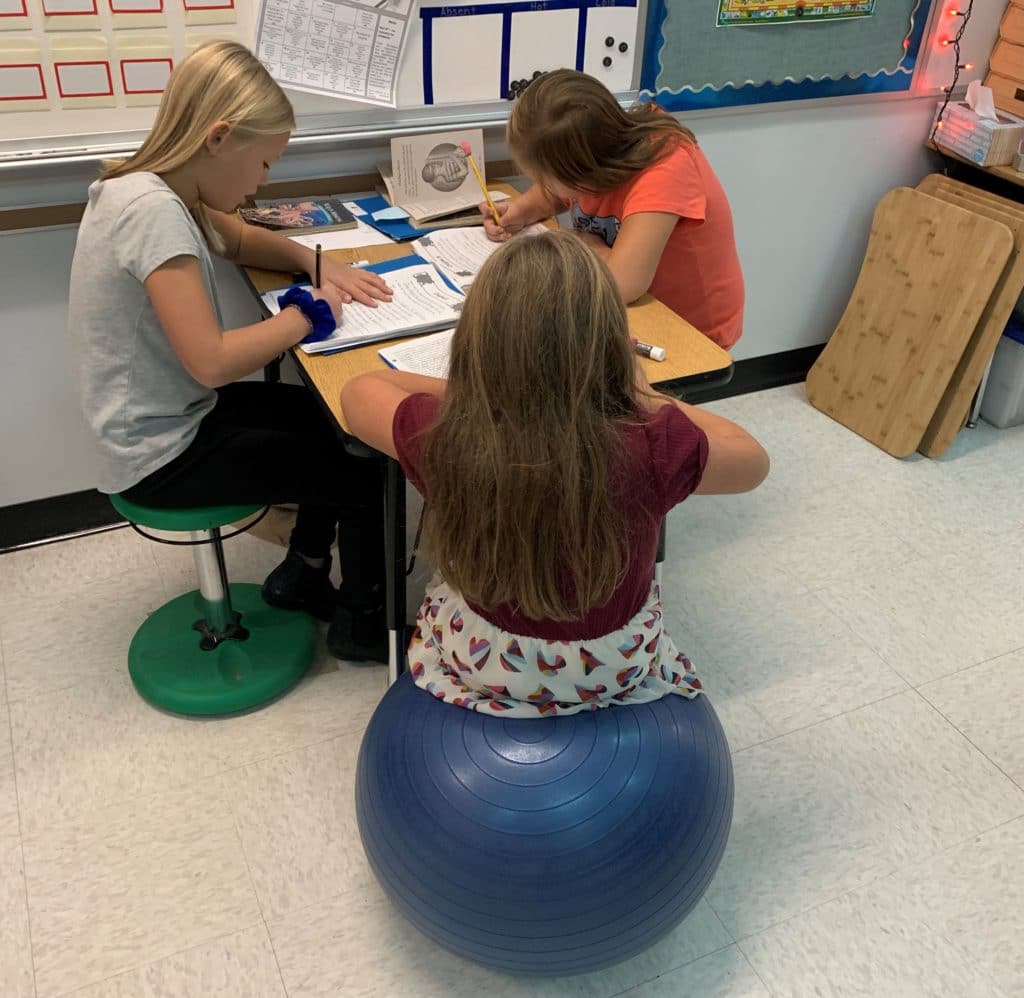
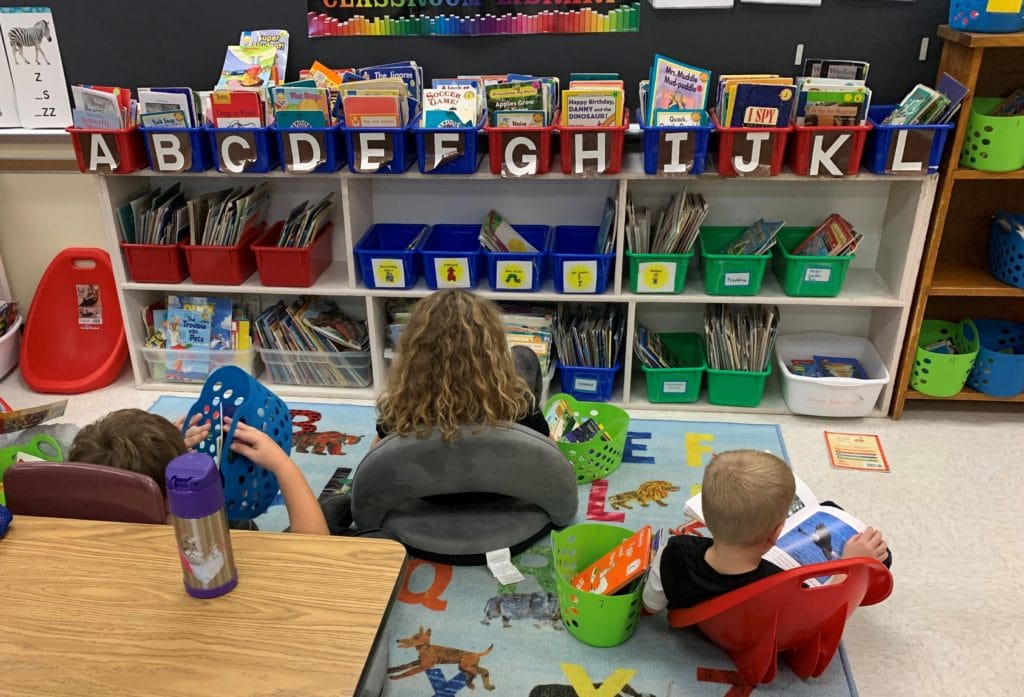
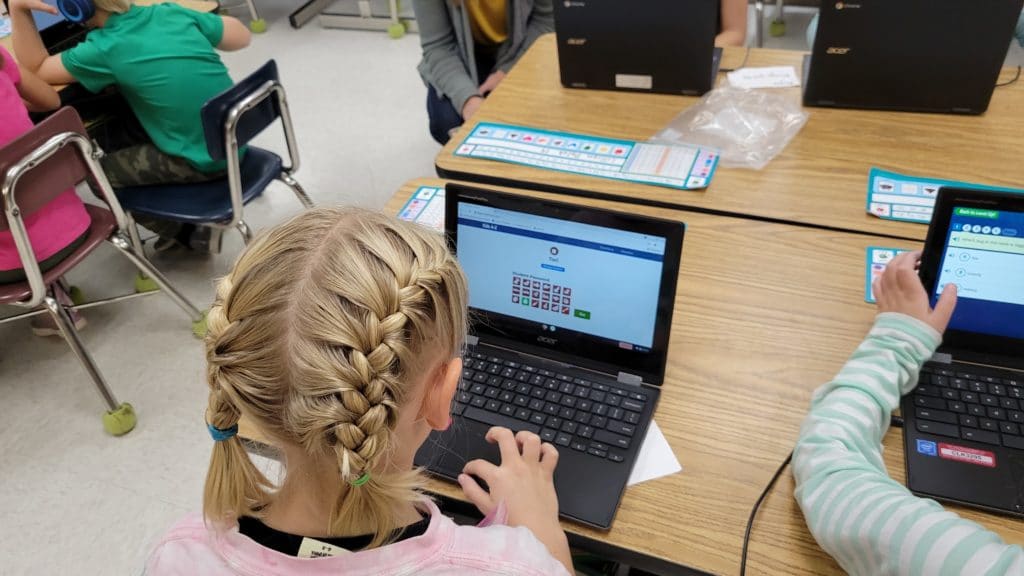
Washington Middle School: Makerspaces Spur Creativity and Cross-Curricular Connections
At first, Washington Middle School seems pretty traditional. However, after exploring the school a bit further and talking to their new principal, Joel Asiala (former principal at CLK’s Horizons Alternative High School), it is evident that they are poised to make a shift towards creating a more student-centered learning model for students in grades 6-8. Just like at the elementary school, signs hang outside each classroom inviting students to “Ask Me About” with three ideas listed, encouraging student-teacher conversations and relationship building. Throughout the hallways, banners encourage students to exhibit positive behavior. In the robotics classroom, students learn programming and coding skills. Tables are arranged to encourage group work as each is equipped with a large screen, giving students the ability to project their ideas onto the screen to share and discuss with others. This robotics program gives students the ability to follow a STEM track—to take an interest they may have developed in elementary school, grow it further, and then continue on with it in high school.
At the middle school, teachers meet monthly in one of three professional learning communities (PLCs), each with a different focus: MTSS (multi-tiered systems of support), school improvement, and CBE (competency-based education). The CBE group is working to create opportunities for students to apply their learning in ways that make sense to them and to determine ways both within and outside of the school day for kids to be more involved in school. They are also focused on identifying what they can do to slowly bring CBE components into the middle school over the next few years. Coming to the middle school from Horizons, where they are arguably leading the district in terms of their student-centered focus, Asiala is very excited to see what this middle school group can accomplish.
One of the more student-centered aspects of the middle school, and what Asiala described as their jumping-off point, are their makerspaces. They have three different makerspaces available to both students and staff: laser engravers, 3D printers, and Cricut machines. Asiala said the rooms have been very busy—he can almost always hear the whir of the 3D printers and machines! These makerspaces have allowed students to take their ideas and turn them into creative projects. Some students choose to use the makerspaces for their quarterly marking period (MP) projects which increase in complexity and student-centeredness throughout the year. For example, in MP1, the project is as determined by their teacher. For MP2, students are able to choose how they want to present the information. In MP3, the project is cross-curricular—students choose two subjects they want to integrate and the project must demonstrate learning in both subjects. The project counts as a grade for each class, with teachers grading their subject-specific components. And in MP4, the project must be cross-curricular across all subject areas. Students must determine the subject area they want to focus on (e.g., science, social studies, ELA, math, etc.) but then determine how to incorporate the other subjects into their project. These quarterly projects serve as a jumping-off point for the middle school into project-based learning as well as allowing students to incorporate their own interests into projects, giving them both voice and choice.
Thanks to Section 23b of Public Act 3 of 2021, which provided funding to Michigan schools for either summer school or before/after-school programs, Washington Middle School has been able to run after-school programs to both address student learning remediation and tap into students’ interests. Through the student-centered offerings, students receive remediated instruction in both ELA and math to help make up for any learning loss or gaps created by the 2020-21 school year. Students can choose from a variety of options such as a publications group where they write a school newspaper, a science group where they learn about scientific technologies such as telescopes, a project-based group in which students can learn more about the laser engravers, and a school store group where students learn about calculating costs and what does and doesn’t sell. The staff have been pleased with the student interest so far! The plan is to evaluate these after-school programs at the end of the 2021-22 school year to determine how they can change their traditional class structures to more deeply incorporate some of these student interests into classrooms and not just in the after-school programs and quarterly projects. Asiala admitted that their progress has been slow so far, but he also knows that there isn’t a fast-forward button to a student-centered model. However, with the pieces the middle school has in place, they are clearly moving in the right direction.
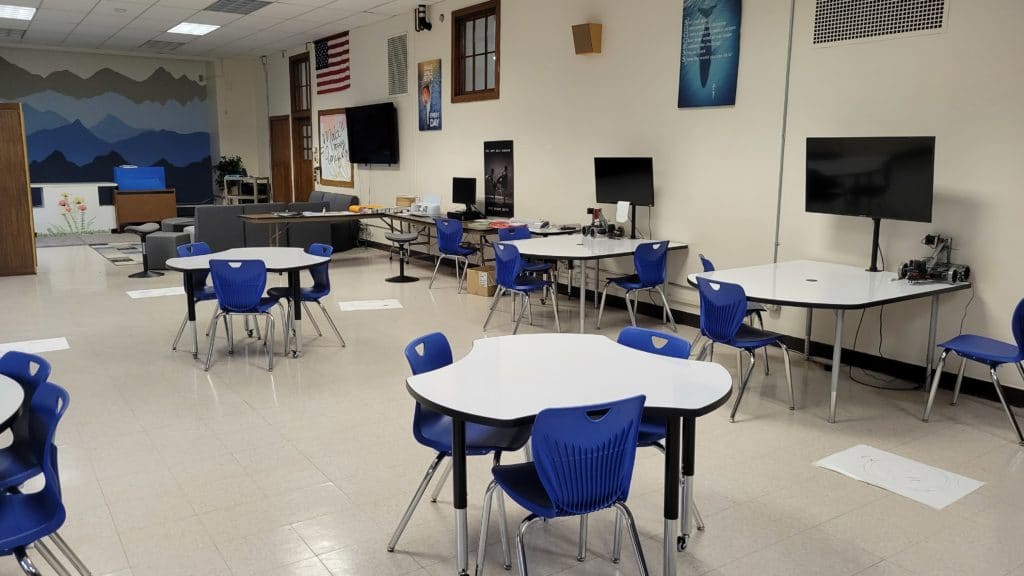
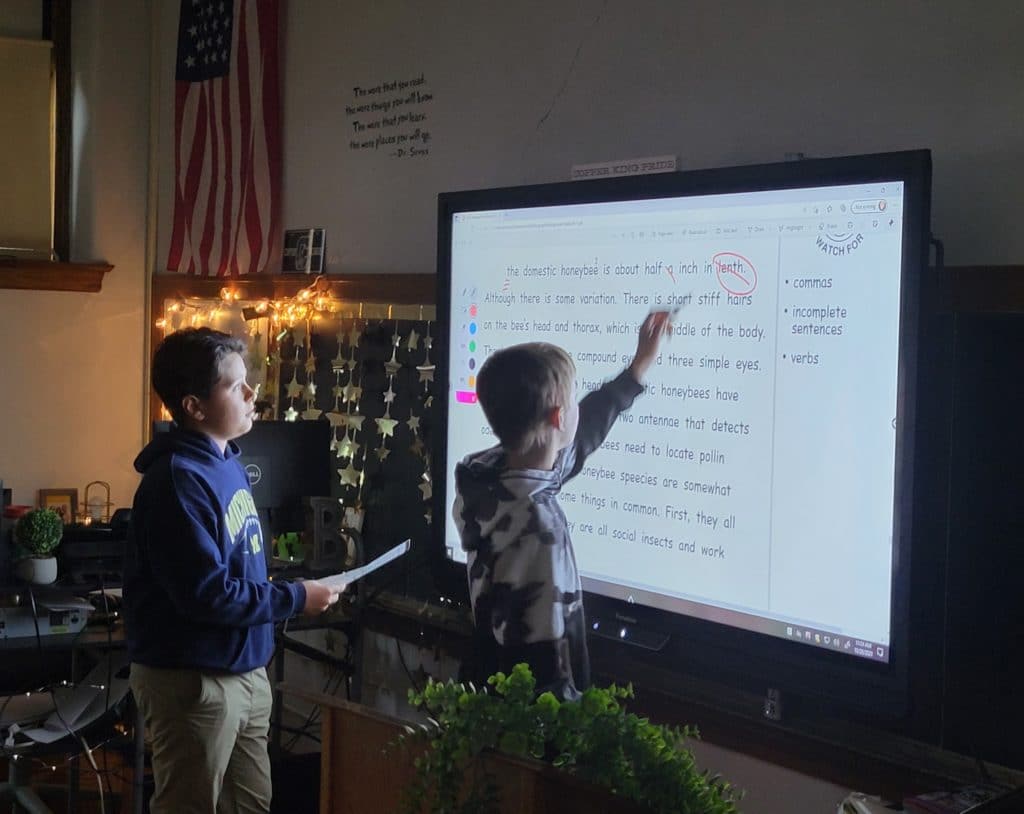

Calumet High School: Pathways and Programs Personalize Learning
A short walk across the courtyard from the middle school takes us to Calumet High School. Just like at the elementary and middle school, banners throughout the building encourage students to exhibit positive behavior. Group science projects displayed throughout one hallway show different hypotheses that groups of students chose to test as well as their variables, procedures, and conclusions. Throughout the high school, the building’s rich history blends with modern architecture and conveniences: students have access to both the historic study hall—recently renovated to its original design—and a two-story multipurpose space equipped with multiple seating arrangements and plenty of places to charge their school-issued personal devices.
Calumet High School is all about giving students options and pathways geared towards their interests. In their applied arts programs, students can explore CAD (computer-assisted design), industrial tech, welding and metal fabrication (they have a newly renovated fabrication lab), carpentry, and industrial arts. Classrooms are brimming with industrial equipment donated by members of the community—evidence of a great relationship between the community and the school district. Their career and technical education (CTE) program gives students the opportunity to explore automotive technology, health careers, construction trades, computer networking & cybersecurity, welding and manufacturing, mechatronics, and graphic design among others. These programs allow teachers to gear learning towards student interests. For example, in industrial arts, students are given voice and choice in terms of what they would like to build. Students gave examples of designing and making a firepit, a swinging bench, coffee tables, end tables, a fishing rod rack, and shelves.
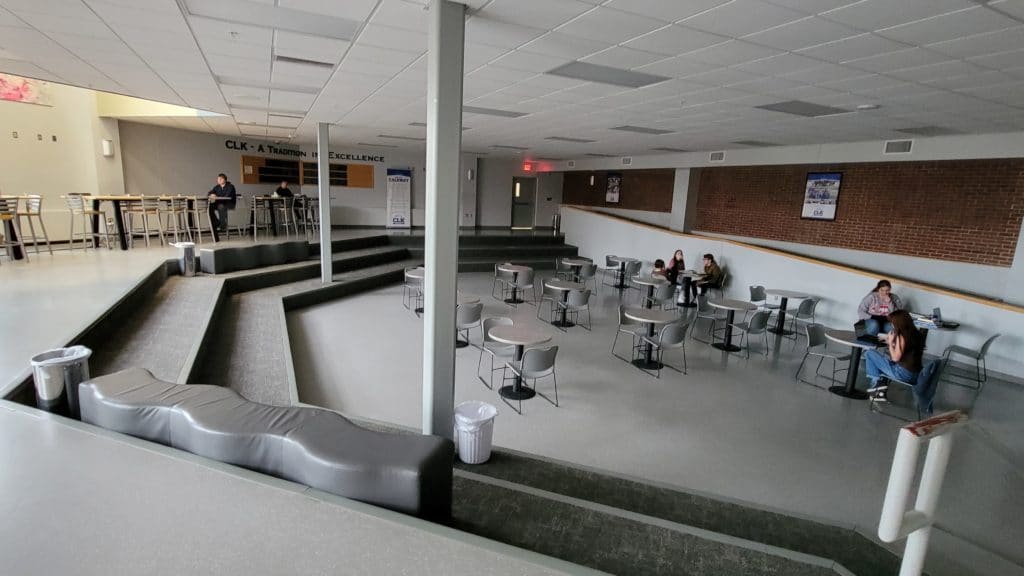
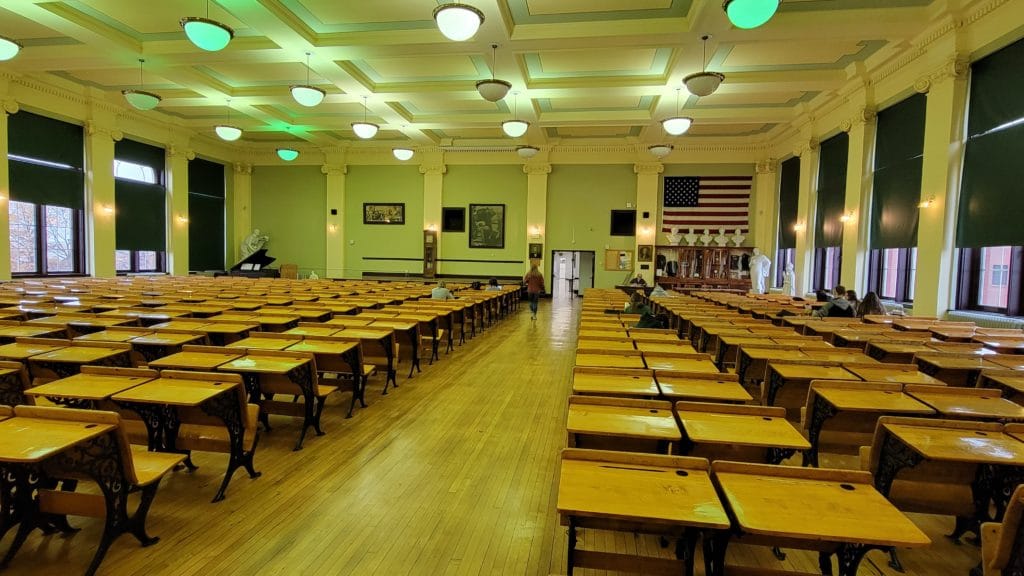
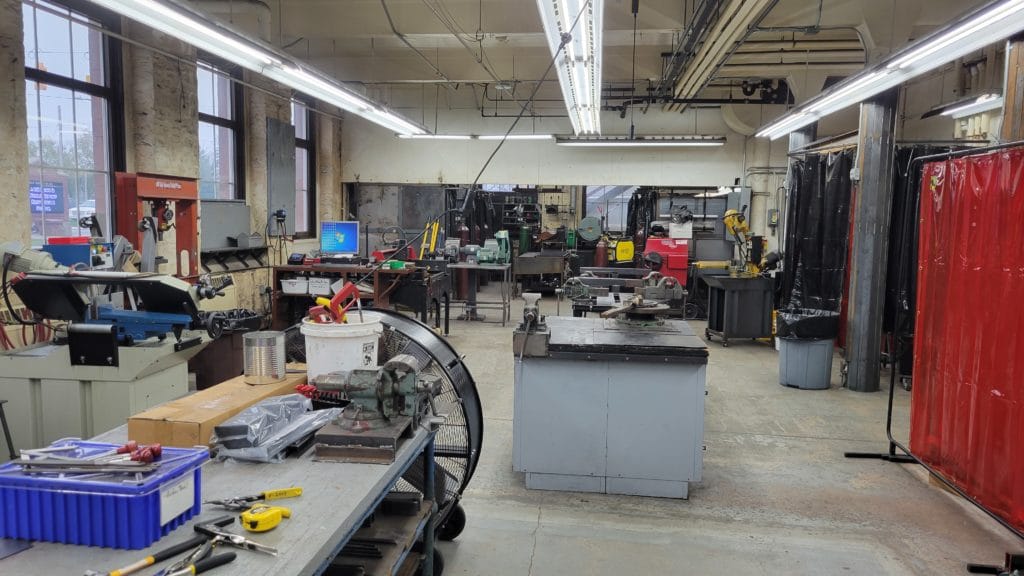
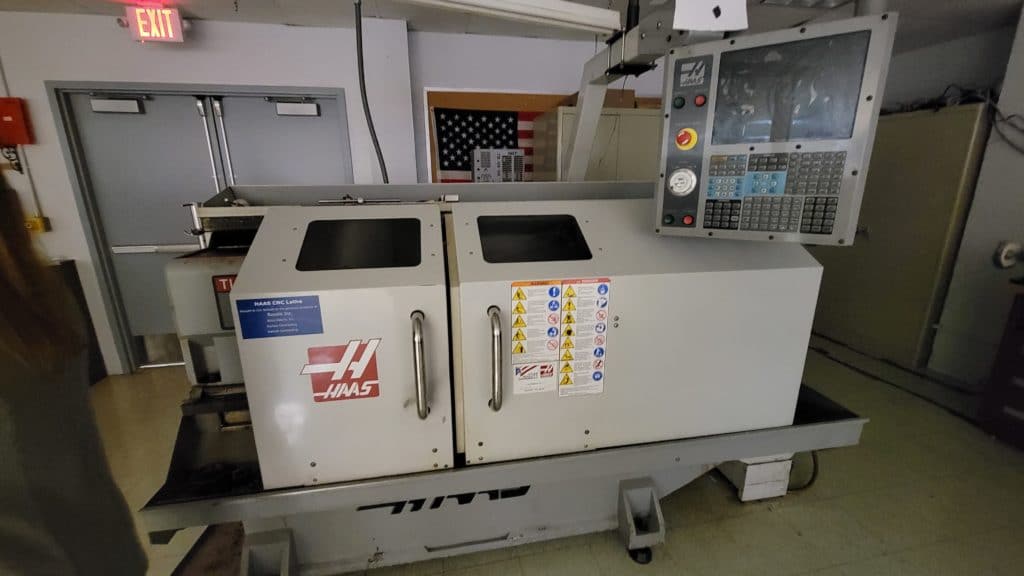
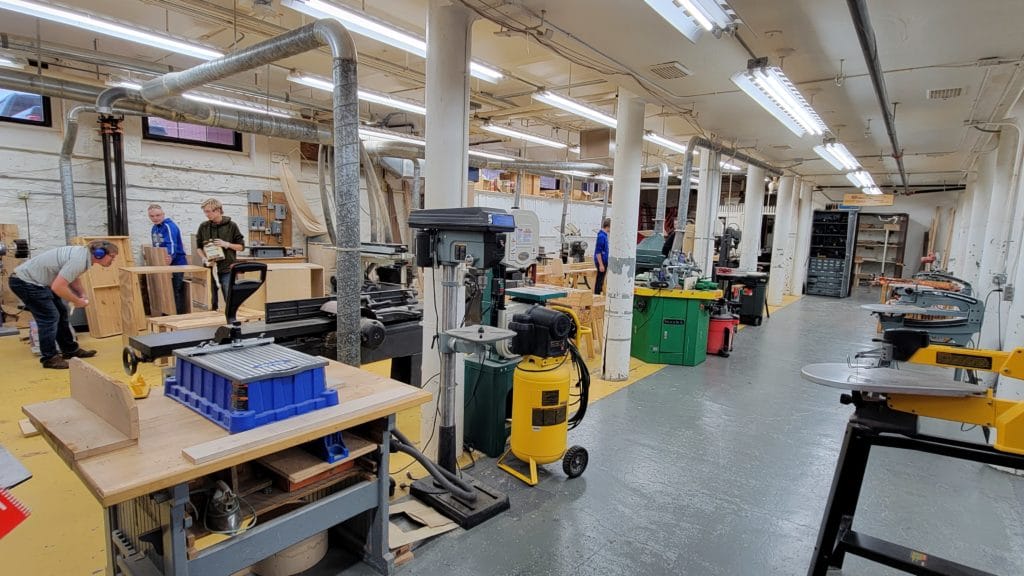

In partnership with Gogebic Community College, Calumet’s early middle college program gives students the opportunity to take a combination of both high school and college courses, allowing them to graduate with both a high school diploma and an associate’s degree. As of January 2021, there were 156 students in the program (45% of the student population). Students also have the opportunity to test out of courses, meaning they can satisfy course completion requirements and then have room in their schedule to enroll in dual enrollment courses. The dual enrollment program gives students the ability to push themselves and take courses at local universities such as Michigan Tech, earning college credits while in high school. Previously, traveling to the college campus had been an issue for students, but taking online courses has really mitigated that. These opportunities have resulted in an increase in CLK’s college-bound students with an average of 64% of their students earning some postsecondary credit since 2018. The high school also offers a work-based placement program to seniors. This program, which started during the 2020-21 school year, has been a great way to build community partnerships. Despite having a limited number of partners in the community, CLK plans to continue building this program as it has been wildly popular. Students, some as early as sophomores, are coming to guidance counselors with ideas for what they want to do with their senior year and wanting to know what they can do to make their ideas a reality. This work-based placement program gives students voice—the ability to direct their own learning in a way that is meaningful to them.
CLK’s virtual program course catalog provides students with unique course offerings to choose from based on their interests. It affords students the opportunity to take courses that aren’t offered face-to-face, courses that they couldn’t otherwise take because of scheduling conflicts or to fill gaps in their schedule. Virtual courses give students the option to work at their own pace while learning how to be self-directed. However, not all students are inherently self-directed learners, and despite having the best intentions, some students struggle in virtual courses. As a result, the “online learners’ lounge” (a virtual assistance course) was put in place for students struggling in their virtual courses. The physical instructional space is designed to be comfortable in terms of both furniture and aesthetics, giving students options to find an agreeable space to learn. While working on their courses, students are supervised by a mentor who gives students face-to-face accountability, provides additional progress monitoring, and emphasizes goal setting to keep students on pace, helping them develop skills needed to be self-reliant.
The North Star Battalion, CLK’s JROTC program, is the second oldest JROTC program in the nation. Approximately 25% of the high school student population is enrolled in this program, which emphasizes student governance and leadership. The JROTC program’s mission is to motivate young people to be better citizens, and they do that by getting students to appreciate their community by serving both the community and their school. There are many leadership opportunities provided within the program, so much so that they have a student office. Student cadets run each class using the military hierarchy as a guide to conducting daily school activities, and student staff help to plan for all of their major events. Within the program, JROTC instructors facilitate career intentions, opportunities, and experiences based on student interest. Instructor Mark Powell witnesses immense growth in students each year: “It means a lot when a cadet will do something they do not want to do but come to the realization that the team is more important than their individual agendas or preferences.”
While there are aspects of the high school that are highly student-centered, they admittedly have more work to do. Just like at the middle school, a group of high school teachers chose to focus on student-centered learning for their PLC. They continue to consider ways in which they can incorporate student-centered learning into their classrooms and plan to try student-led seminars in the future. In order to provide teachers with the support they need to make their individual courses student-centered, high school administrators plan to structure professional development to be more personalized, allowing teachers to experience for themselves what learning is like when it is student-centered. They realize some teachers just need to see for themselves what student-centered learning looks like, so they also plan to build in opportunities for staff to observe other teachers who are stepping out of their comfort zones to try something new and different to improve learning for their students.
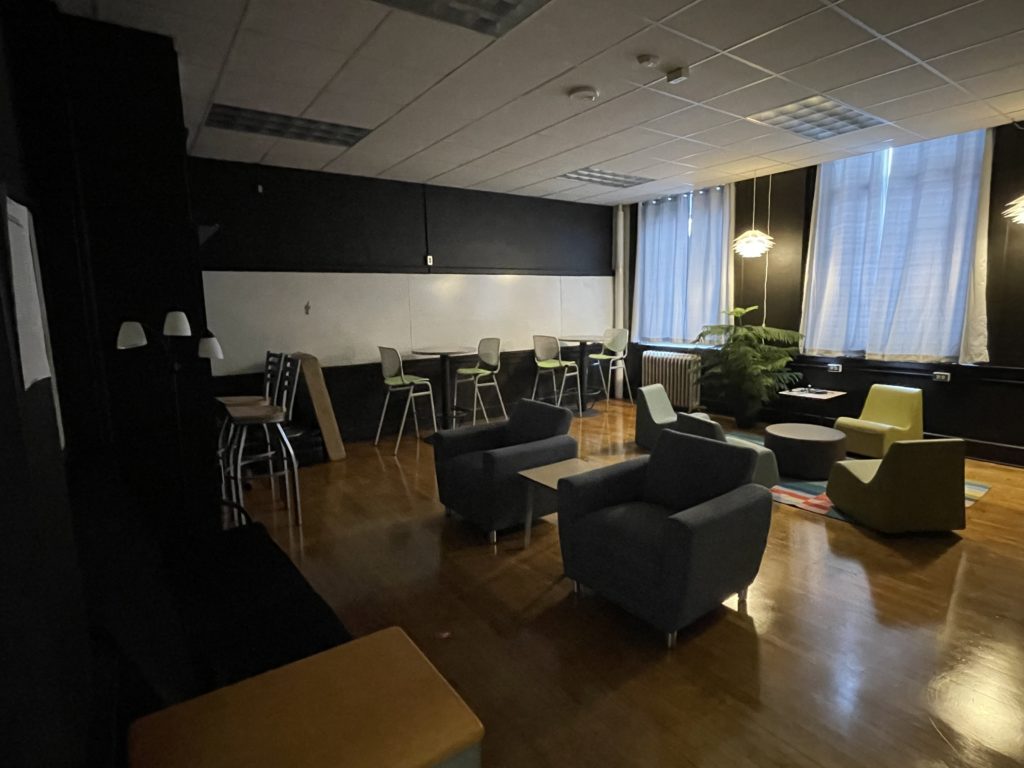
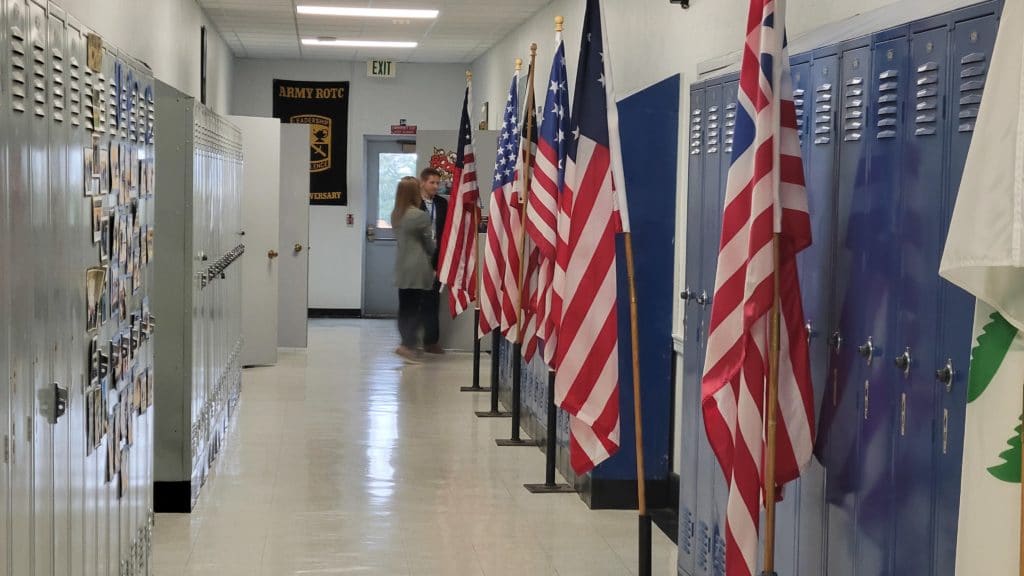
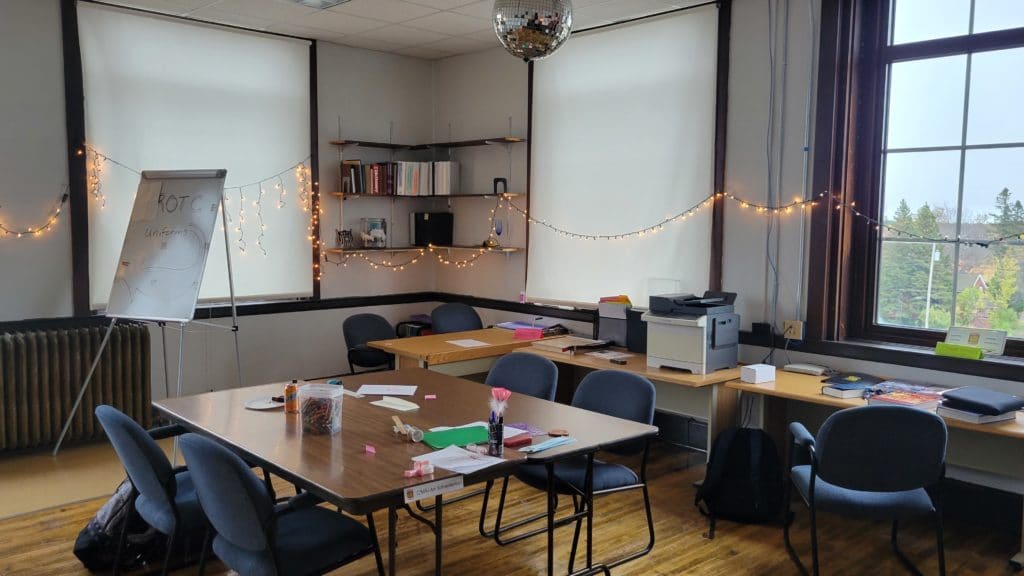
Horizons Alternative High School: A “Student First” Approach
Located in Mohawk, Michigan, Horizons Alternative High School is home to approximately 70 students in grades 9-12. Horizons was established in 2005 due to a concerning number of students within CLK public schools who were struggling or had simply given up and dropped out of school. The program began with nearly 50 students and continued to grow steadily, resulting in a waiting list for students who could not yet be accommodated through the program. Students attending Horizons have the same graduation requirements as all other Calumet High School students and receive a Calumet High School diploma upon graduation. Students want to come to Horizons, and many opt into their program as an alternative to the more traditional high school experience.
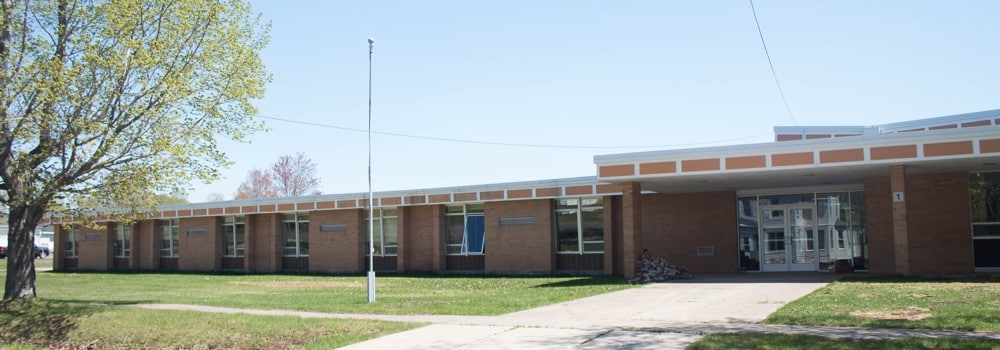
Before staff at Horizons knew what student-centered learning was, they coined what they call a “student first” approach to teaching. They know academics aren’t a priority for some students, so they work with students on a more individual level—finding out how to best work with and reach them. This includes helping students through things that are going on in their personal lives so they can be more focused and present at school. Staff begin each day by greeting kids as they get off the bus with a handshake or elbow bump and asking how they are doing before they even walk into the school building. As Horizons principal Darren Kinnuen admitted, “Our students are going through so much ‘under the surface’ stuff.”
Both students and staff complete daily social and emotional check-ins, indicating their stress levels on a scale from 1-10 at both the beginning and end of each day. With these data, teachers are aware when students are coming into their classes at a heightened level of stress and are able to adjust their approach to these students accordingly, often providing more frequent check-ins with struggling students throughout the school day. Horizon’s staff have recorded these stress levels since approximately 2018, so they are able to use the data to uncover trends and correlations over time. They are continuously monitoring students’ needs, both academic and non-academic. To take it a step further, an associate professor at Michigan Tech is designing a mobile app that will streamline the process of collecting, storing, and analyzing social and emotional stress data. In the app, students will be able to log their stress levels themselves, indicate the specific source of their stress, and receive suggestions and resources to help mitigate that stress based on the source they indicated.
Up until the 2021-22 school year, as a way to lower stress levels, students at Horizons were able to spend time with the school’s therapy dog, Tucker. Tucker is actually Joel Asiala’s family dog, so when Asiala transitioned from his role as principal at Horizons to principal at Washington Middle School, logistically it made sense to take Tucker with him. Nevertheless, Horizons students have made it clear that they really want a therapy dog in the building. Thankfully, Horizons English teacher Luke Theisen got a new family dog, Daisy, who will soon be the school’s new therapy dog. As of January 2022, CLK has three therapy dogs: Benny (CLK Elementary), Bleau, and Tucker (both at Washington Middle School). Benny and Bleau were provided to the district by a trauma-informed school grant from the nearby Portage Health Foundation. The grant helps support students struggling with mental and behavioral health issues. Whether students are spending one-on-one time with the therapy dogs or the dogs are in classrooms, seeking out those students who they sense are having a rough day, therapy dogs help to de-escalate students when they are at a high-stress level, returning them to a mindset in which they are more ready to learn.
Part of Horizons’ student-centered mentality and “student first” approach is creating opportunities for student voice and choice. Some of their classes are project-based—students create their own projects or choose from a variety of projects in order to experience new learning and demonstrate their understanding of related concepts and skills. Like the middle school, Horizons also has a dedicated STEM lab (science, technology, engineering, and mathematics) where students have access to laser engravers, 3D printers, laminating machines, and much more, all provided through generous donations from the community. Use of the STEM lab is very student-driven and allows students to create their own projects to demonstrate their learning.
At Horizons, there is also a focus on learning through experiences. During the 2019-20 school year, the Lake Superior Stewardship Initiative formed a partnership with Horizons, under which the school received a financial grant for students to serve as model stewards of the nearby Gratiot River Park. With the grant money, the school was able to pay a professional geologist to assist students with creating a geologic scavenger hunt at the park. In 2021, because of ongoing support through the grant, Horizons students created an interactive website that explored the mouth of the Gratiot River and provided an informative virtual tour that could be helpful or interesting to tourists. On Friday afternoons, students have “electives” that are choice-based on student interest such as mushroom hunting, frisbee golf, guitar lessons, cooking classes, credit recovery time, eSports gaming, and more. Students use this time to pursue their interests, and it provides teachers with an opportunity to interact with students in a non-academic setting, which helps with relationship building.
Horizons is also focused on making a shift towards competency-based education, where student progress is based on demonstrated mastery of learning. Two years ago, Horizons staff began developing their own competencies using Building 21, a learning model focused on designing competencies for students, as a reference. Their goal is to have a completely competency-based education program within the next 5 years.
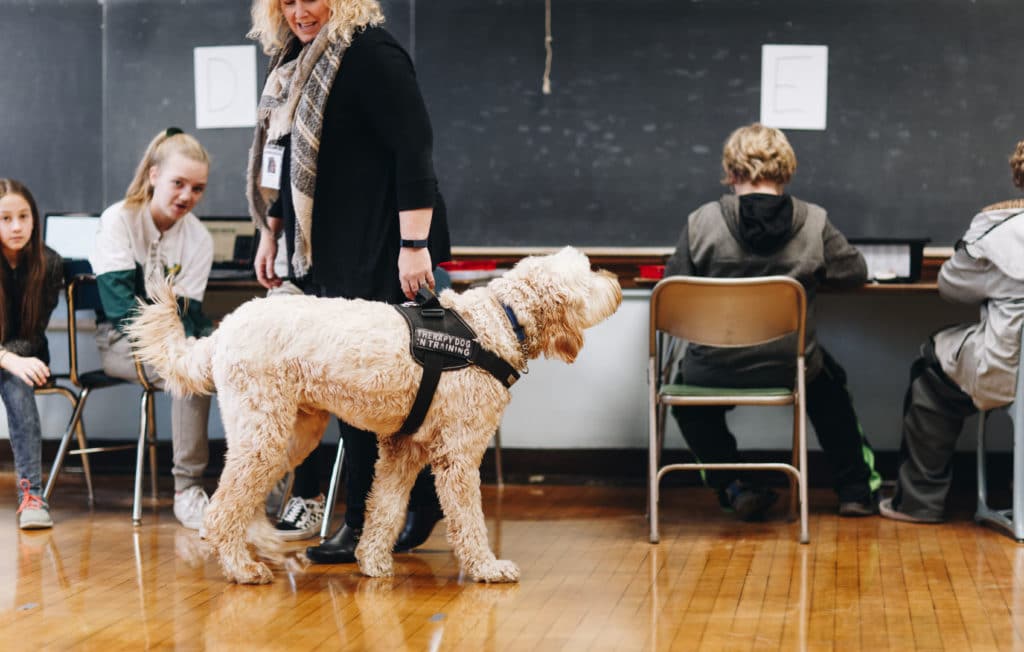
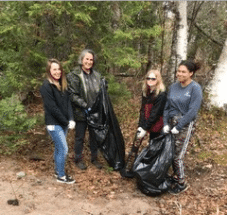
Virtual Options and the Homeschool Partnership Program: Meeting the Diverse Needs of Students and Their Families
The Upper Peninsula Virtual Academy (UPVA) is a partnership program between CLK Schools and Gladstone Area Schools and serves as CLK’s K-12 virtual school option. Students can choose to take UPVA’s virtual courses either part- or full-time, up to 12 courses per student per year. Every course has a content-certified teacher, many who are from within the school district itself, and each student is assigned an adult mentor to help monitor their progress and grades. Students have the flexibility to work on their virtual courses at home. However, they may also choose to report to the new UP Virtual Academy building, located right in downtown Calumet, if they prefer. Having access to the physical location serves as a support for students as they can gain access to broadband internet as well as support from the UPVA staff, which was evident during our visit. As the MVLRI research team walked into the UPVA building, we were greeted by Heaven Hawkins, the administrative assistant of virtual programs. Hawkins, who fondly recounted her own experience attending Horizons Alternative School, described how just that morning, a student sat beside her while they completed their schoolwork. Hawkins understands how this physical learning space and the flexibility it affords students is so crucial for some.
Students who are part of CLK’s homeschool partnership program are always welcome to use the Virtual Center for mentoring, drop-in student support, or a focused space in which to learn. With many different learning spaces, some with the flexibility to accommodate different activities at the same time, students are able to work quietly on their own while staff provide individualized instruction as needed. When the Virtual Center is ready, CLK intends to use the building in order to grant students access to onsite, elective course options such as sewing, nature and survival, guitar, martial arts, robotics, and more, allowing students to extend their learning into areas of their passion or curiosities. The intention is that these virtual courses will offer an optional hands-on learning component and will be smaller in size, presenting more opportunities for instructors—sometimes community experts—to work closely with students, providing additional opportunities for personalization.
CLK’s homeschool partnership program has voice and choice built into it, offering options or creating new ones to meet the needs of both students and their families. Within the partnership, parents are responsible for core class instruction for their own children. Choosing a homeschool curriculum for core learning can be difficult and sometimes costly for families. CLK offers an option for families that want the homeschool experience but are willing to fully enroll their child as a CLK student for both core and elective learning. Utilizing Bookshark Virtual, parents have full access to the core curriculum, certified teacher(s), and a mentor to guide their child’s learning. Brian Rajdl, the coordinator for shared time homeschool programs, admits that parents do, however, have many options to personalize the content to individual student interests: “Parents are an integral part of instruction, and we provide the certified staff and a curriculum that’s mapped out day by day, week by week. But there’s a lot of flexibility to substitute a book or do a different project.” The homeschool partnership program curriculum is highly mastery-based, especially math, and the pace is flexible as described by a 9th-grade homeschool partnership student: “I like being able to choose when I can do my school work. I can do some in the morning and then finish it later. It’s very flexible, which is nice.” Rajdl stressed that in the homeschool partnership program, a student-centered teaching approach leads to student-centered learning: “Meet them where they’re at, and pretty quickly, you’ll need to get out of their way because it’s become student-led.”
“Parents are an integral part of instruction, and we provide the certified staff and a curriculum that’s mapped out day by day, week by week. But there’s a lot of flexibility to substitute a book or do a different project.”
Brian Rajdl, Coordinator for Shared Homeschool Programs
Moving Forward and Making It Their Own
While CLK Public Schools superintendent Chris Davidson says their district is just getting started in terms of making learning student-centered, many within the district admit that they have always had a student-centered mentality. Horizons Alternative High School English teacher Luke Thiesen believes they have done a lot of student-centered work within the district informally for years: “One of the things that we’ve come to realize in this process so far is that we’ve been doing a lot of this already. It’s not like we’re redesigning the wheel. It’s more like refocusing how we’re doing it.”
When it comes to making learning student-centered, there’s not a single right way, and it doesn’t have to look the same within each school building. In fact, when looking across the entire school district, each building has taken its own approach. Administrators and teachers have gotten started where they were comfortable, and they incorporated what they learned from their Capturing Kids’ Hearts® professional development as well as what they observed and learned from other schools, which Jen Davidson, CLK Engage teacher, admitted really helps. “We’re making our own version. We picked things that we’re comfortable with. We’re using a little bit of what someone else is doing and making it our own,” shared Davidson.
The CLK team’s ability to begin this work in their own way is the result of the culture that exists within the district—a culture of teacher empowerment, encouragement, trust, and of failing forward. Superintendent Davidson wants teachers to be driving this work to make learning student-centered and knows that developing the right culture is crucial. He hopes to develop a fearless teaching staff that is not afraid of failing. Starting the CLK Engage program was a huge step in the right direction, both in terms of making learning student-centered as well as empowering teachers, and is the result of impassioned educators and administrators who believe in the benefits for their students.
CLK Engage teacher Heidi Koski found it frustrating to have students at multiple levels in the classroom and struggled with differentiation. She saw the creation of the CLK Engage program as an opportunity to finally meet her students where they are, especially because the teachers were able to design the program without many restrictions from administration. Jen Davidson elaborated, adding: “I was ready to do something different and was given an opportunity to teach in a way that I wanted to teach.” And for high school special education teacher Lisa Ruhman, it’s simply been the permission and encouragement to try something new, something different, even if you’re not sure how it’s going to turn out: “Just try. It’s not going to be perfect, but teaching isn’t perfect.”
Superintendent Davidson wants teachers to be driving this work to make learning student-centered and knows that developing the right culture is crucial. He hopes to develop a fearless teaching staff that is not afraid of failing.
Moving forward, Calumet High School principal Jenn Peters shared that the high school team is working to build capacity, building on some of the informal work they have been doing to make learning student-centered but now being more intentional and systematic. They hope to encourage their more traditional teachers to step out of their comfort zone and try something different—something that puts more responsibility on the student, encouraging students to be more responsible for their own learning. They want to create opportunities for staff to share what they are trying and finding success with in their classrooms. The high school administration is also considering ways to personalize teachers’ professional development and let them experience it for themselves in order to get them excited about what student-centered learning could look like in their own classrooms. It is evident that students and what is best for them are the core of the work they are doing in CLK. As elementary assistant principal Julie Giachino stressed, echoing Vern Hazard of Capturing Kids’ Hearts®: “Our first and foremost priority is to create relationships with our students because once you have their hearts, you can open their minds.”
